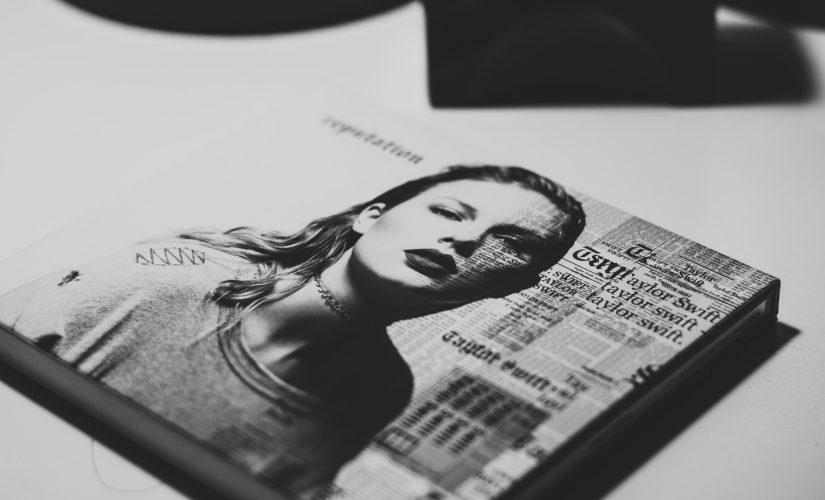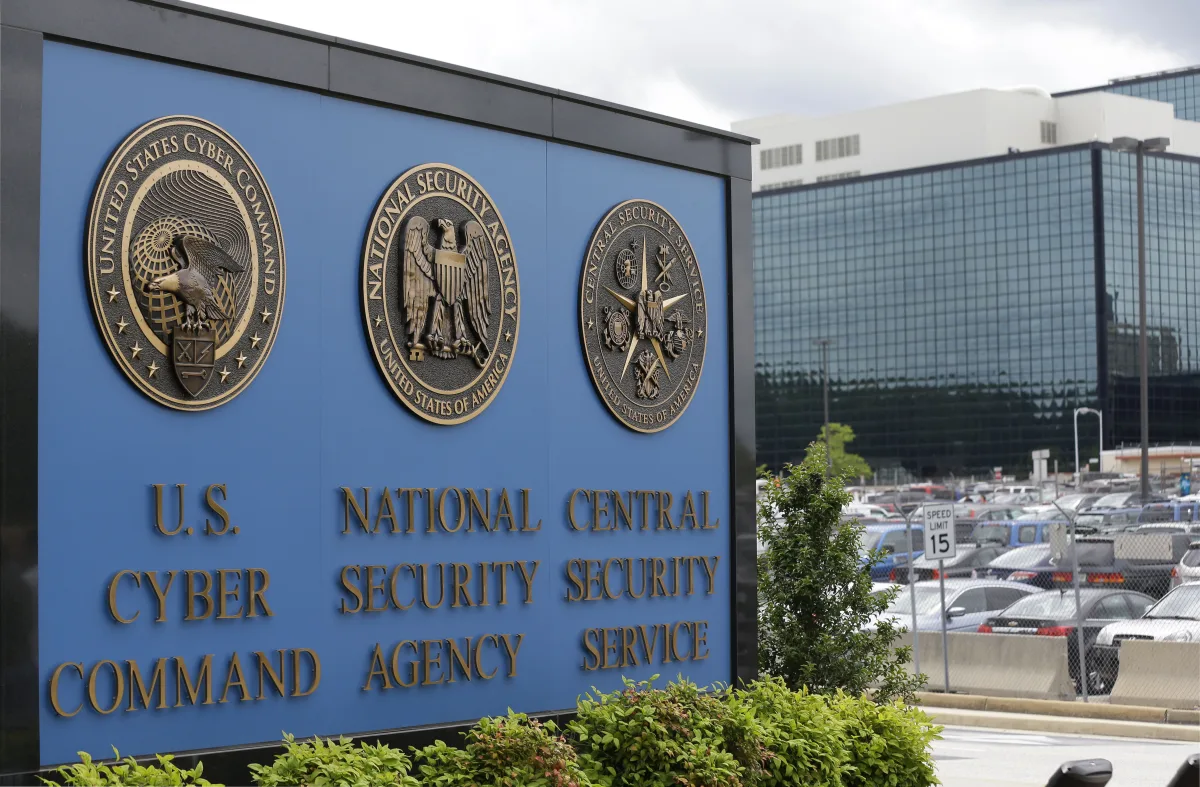🤖 ARTICLE: The Alarming Rise of Taylor Swift Deepfake Images on Social Media 😱
The widespread circulation of a collection of blatant AI-generated deepfake images featuring Taylor Swift on social media has sparked outrage among her fans and legislators.
AI-created Taylor Swift deepfakes spark anger

Taylor Swift, the beloved pop sensation and the Times Person of the Year in 2023, has found herself in the midst of a scandal involving explicit AI-generated images of herself. These deepfake images, circulating on social media, depict Taylor engaging in explicit sexual activities with fans of the Kansas City Chiefs, the NFL team her boyfriend plays for. The images have caused a stir among fans and lawmakers, sparking outrage and renewed discussions about regulating the rapidly evolving world of generative AI.
Swift’s loyal fanbase quickly mobilized on social media, rallying behind the hashtag #ProtectTaylorSwift. However, blocking the content has proven to be a challenge, as new accounts regularly repost the explicit images. As a result, US lawmakers are now facing mounting pressure to crack down on deepfake content creation and protect public figures like Taylor Swift.
It remains unclear which AI image-generation tools were used to create these specific deepfakes of Taylor Swift. Many services, such as MidJourney and OpenAI’s DALL-E3, explicitly prohibit the creation of sexually explicit or suggestive content. However, 404 Media claims to have traced the images to a group on Telegram, suggesting that Microsoft’s AI tools, powered by DALL-E3, were potentially involved in their creation.
One user, going by the name @Zvbear, admitted to creating some of the explicit images. Newsweek reported that the user has since made their account private, adding another layer of mystery to this unfolding controversy.
What Can Lawmakers Do to Combat Deepfake Content Creation?

As Taylor Swift expresses her fury over the spread of these explicit images on social media, US lawmakers are feeling the heat to regulate the technology behind deepfakes. Republican Congressman Tom Kean Jr. from New Jersey has taken a stand by introducing two bills aimed at regulating AI.
- 🍻 The Ultimate Guide to Home Beer Dispensers: Find Your Perfect Pi...
- Apple’s Malicious Compliance with EU Law Raises Controversy
- 🚗 Polestar Announces Workforce Reduction Despite Increased Deliver...
In a recent statement, Kean emphasized the importance of establishing safeguards to combat the alarming trend of deepfake content creation. He specifically mentioned his bill, the AI Labeling Act, as a significant step forward in addressing this issue. This proposed legislation would require AI multimedia generator companies to clearly and conspicuously label their generated works as “AI-generated content.” While this labeling may serve as a deterrent, it does not address the core issue of preventing the creation of explicit deepfake images in the first place.
Some companies, like Meta, have already implemented similar measures for their AI-generated images, while OpenAI has also pledged to implement AI image credentials. These steps aim to bring more transparency to the origin of generated content and empower users to distinguish between real and manipulated media.
The battle against deepfake content creation is an ongoing struggle, and lawmakers must act swiftly to protect individuals like Taylor Swift and other potential victims. Through stringent regulations and proactive measures, the tide can be turned against the misuse of AI technology.
🎯 Q&A: Addressing Concerns and Answering Questions
Q: Are these deepfake images of Taylor Swift a new phenomenon?
A: Deepfake technology has been around for some time now, but the circulation of explicit deepfake images involving high-profile individuals like Taylor Swift is a relatively new concern. This incident serves as a wake-up call to the potential dangers of AI-generated manipulated media.
Q: How can individuals protect themselves from falling victim to deepfake content?
A: While it’s challenging to entirely prevent the creation and spread of deepfake images, individuals can take certain precautions. Being cautious of the content shared online and scrutinizing its authenticity can help identify potential deepfakes. Additionally, staying updated with the latest developments in deepfake detection technology can aid in combating this issue.
Q: How can AI technology be responsibly utilized without infringing on privacy and causing harm?
A: Striking a balance between technological advancement and responsible usage is crucial. Implementing strict regulations, such as the AI Labeling Act proposed by Congressman Tom Kean Jr., can hold AI companies accountable for the content generated by their systems. Additionally, investing in robust AI detection algorithms and empowering users with tools to identify and report deepfake content can play a significant role in mitigating the risks.
🚀 The Future of Deepfake Detection and Mitigation
The prevalence of explicit deepfake images involving Taylor Swift highlights the urgent need for improved deepfake detection and regulation. As deepfake technology continues to evolve and advance, the battle between those who create and manipulate AI-generated content and those who aim to protect individuals from its malicious use intensifies.
Lawmakers and technology companies must collaborate to develop robust and sophisticated deepfake detection systems. By leveraging the power of artificial intelligence and machine learning, it may become possible to identify and flag manipulated media, reducing the risks posed by malicious actors.
Ultimately, the responsibility lies not only with lawmakers and technology companies but also with society as a whole. Raising awareness about deepfake technology and educating users about its potential consequences are essential steps in combating this pervasive problem.
✍️ About the Author:
James Jones is a highly experienced journalist, podcaster, and digital publishing specialist in the field of sports and technology. With over 10 years of experience, James has worked for leading online publishers and appeared on various national and global media outlets. He holds a degree in Journalism and is passionate about covering the latest news and trends in the industry. James co-hosts the popular We Are West Ham Podcast, writes a weekly column for BBC Sport, and provides insightful coverage for ENBLE.com.
🔗 References:
- AI-generated images of Taylor Swift went viral
- Microsoft’s AI tools and their involvement in deepfake creation
- Regulating AI to combat deepfake content
- The rise of deepfakes and their impact
- Fujitsu scandal and the need for government regulations






